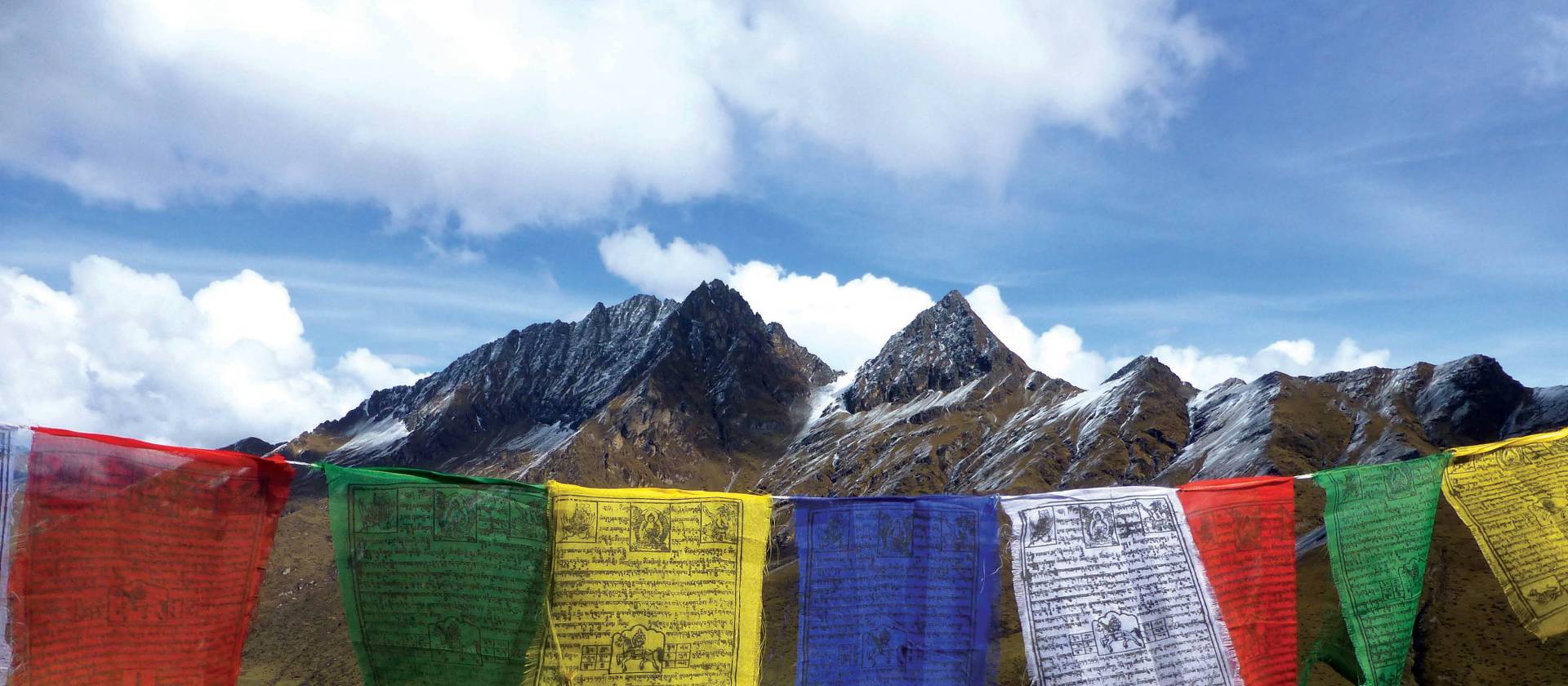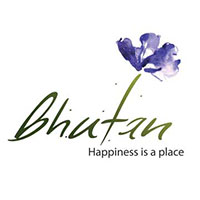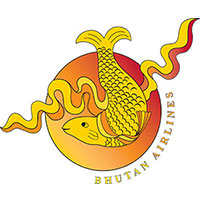The Thimphu festival occurs once every year and its considered one of the biggest festival in the country, with so many visitors from different corners of the world and within the locality thousands of people gather in colorful costumes to attend the festival.

ARRIVAL IN PARO, BHUTAN
When you first arrive at Paro International Airport, you will be met by one of our delightful tour guides just outside the arrival hall.
We will drive to Thimphu and check into Hotel.
Thimphu is the capital of Bhutan and the perfect location to transition from your familiar lifestyle to our unique country that is like no other place on earth.
we will begin the tour with the National Memorial Chorten which was built in 1974 to memorialize Jigme Dorji Wangchuk, the third king of Bhutan (1928-1972). A chorten is a stupa, or hemispherical structure, that is used as a place of meditation. The whitewashed building with a golden finial on top is a popular location for prayer as it represents the strength and kindness of our beloved third king.
ThimphuTashichho Dzong is a fortress and Buddhist monastery with a distinctive Bhutanese architectural design. Sitting aside the Wang Chhu (river), it is the current seat of the Druk Desi, the head of the civil government, and houses the offices of the current king.
On the weekends, Centenary Farmers’ Market is where farmers come to sell their vegetables, cheeses, grains, and the occasional yak leg. Across the street is the KundeylingBaazam where you can check out local handicrafts, such as mala beads and prayer wheels. We will then take a scenic drive up to Buddha Point in the Kuenselphodrang to see the 169-foot-tall bronze statue of the seated Buddha Dordenma. One of the largest sitting Buddha statues in the world, it sits atop a hill where you will see sweeping views of the valley and surrounding mountains.
TOUR OF THIMPHU
After breakfast, we will begin today with the Thimphu festival tour, whereby you will be dressed in our National costumes “Gho for men” and “Kira for Women” if interested to wear and attend the festival to get blessed and pray for health and happiness.
Oue next stop will be at the National Folk Heritage Museum, dedicated to preserving Bhutanese folk arts. This renovated 19th-century building is laid out like a traditional, rural household which is three storied containing cultural relics, and artifacts. Demonstrations are performed throughout the day to show how the Bhutanese people have lived over the centuries.
Next we will visit Jungshi Handmade Paper Factory, you will see the ancient practice of natural papermaking. Using the bark of two local tree species (Daphne and Dhekap), craftsmen demonstrate how to make the traditional paper Deh-sho.
We will make a visit to Bhutan postal Office where one can get their own personalized stamp.
We will end the day with a visit to Simtokha Dzong. Built in 1629, it was the first fortress of its kind in Bhutan. Simtokha means “demon stone” and legend has it that the fortress was used to contain a demon inside a rock which was terrorizing the region. Today, it is home to one of the premier monk-taught Dzongkha learning centers, the national language of Bhutan.
HIKE TO TANGO AND CHERI MONASTERY
After breakfast we will drive to Tango/Cheri. From the road point we have to walk almost 1hour 30minutes toreach to Tango.
We will take pack lunch and have it near the river side of the monastery. After lunch,
meditate in pursuing ones own spiritual goal.
And continue next to the Royal University of Bhutan which is around 30 to 40 mins hike.
Evening drive back to Thimphu and free to stroll Thimphu town
THIMPHU TO PUNAKHA
Today we travel to Punakha, the former capital of Bhutan until 1955, and will stop at Dochula Pass along the way. This popular tourist spot provides stunning views of the Himalayas.
We will tour what is considered one of the most beautiful site in Bhutan, Punakha Dzong built in 1637 sits at the fork of two rivers, it is a stunning example of Bhutanese architecture., it is the second oldest and second largest dzong in Bhutan.
We will hike to KhamsumYullyNamgyel Chorten which is around 45 mins one way hike.
It was built under the guidance of third Queen Mother AshiTsheringYangdonWangchuckand took nine years to complete as carpenters only used holy sculptures rather than modern engineering techniques and only accessible by foot
PUNAKHA TO PARO
We will drive Punakha to Paro today after breakfast
We will visit Rinpung Dzong, fortress of the heap of jewels.’ The dzong was built in 1644 by ZhabdrungNgawangNamgyel on the foundation of a monastery built by Guru Rinpoche. Some of the scenes from the film ‘Little Buddha’ by Bernardo Bertolucci in 1995 was filmed at the Paro Rinpung Dzong.
We will also visit Ta-Dzong (National Museum). Ta-Dzong was originally the watchtower for the Paro Dzong and stands imposingly on a hillock overlooking the Paro valley.
We stroll Paro town in the evening and check out souvenirs.
DRIVE TO CHELELA PASS AND HAA VALLEY
Drive to Haa through Chele La (3,988m). From the pass you can see Paro valley on one side and then Haa valley on the other. You can also have a picnic at Chele La with our packed lunch if you like to. In Haa, we will visit Lhakhang Karpo and NagpoThe valley of Haa was only opened to Tourist in 2002 and Haa is the least visited valley in Bhutan due to the lack of Tourist infrastructure.
After a day of hiking, perhaps it’s time to explore the main street of Paro town and check out if there’s anything you will like to pick up as a souvenir!
HIKE TO TIGER’S NEST
we will take a hike to Taktsang Monastery (or Tiger’s Nest), one of the most recognizable sites in Bhutan. Accessible only by foot, we will hike for couple of hours to reach the monastery . Built over the caves that Guru PadmaSambhava meditated in for three years, this eighth-century father of Bhutan Buddhism is said to have been brought there on the back of a tigress. It is one of the sacred sites in Bhutan and offers breathtaking views of the Paro valley.
DEPART PARO
Today we will bid fond farewell to this beautiful Himalayan country . And we look forward to seeing you again in this beautiful land of endless Enchantments!
TashiDelek
-
What's Included?
- SDF and Visa fees
- Accommodations in minimum 3 star Hotel/Resort
- All meals (Breakfast, Lunch and Dinner) including evening tea/coffee etc through-out the tour in Bhutan.
- All land transfers, sightseeing with pick and drop to Paro airport
- Experienced English Speaking Bhutanese Tour Guide.
- Bottled water in the vehicle
- Tour SUV with well experienced driver
- Return souvenir gift from Bhutan
-
Not Included
- Flights into and out of Bhutan
- Museum/monument fees
- Personal expenses such as bars, beverages in the hotel, telephone, laundry, tips, and others.
- Hostone bath
- Archery cost and river rafting
- Travel Insurance (Recommended but not available in Bhutan)




